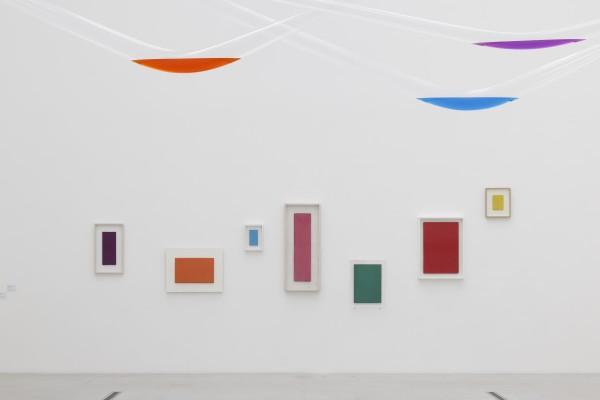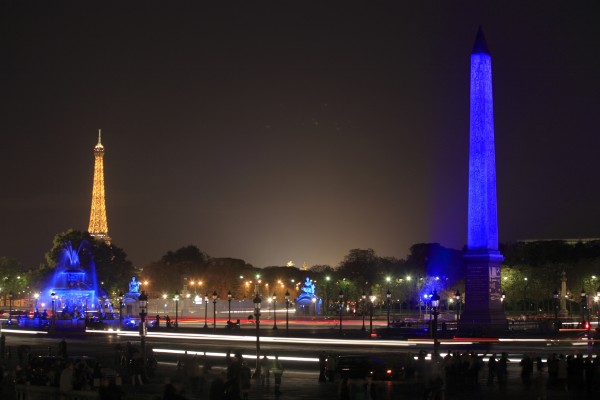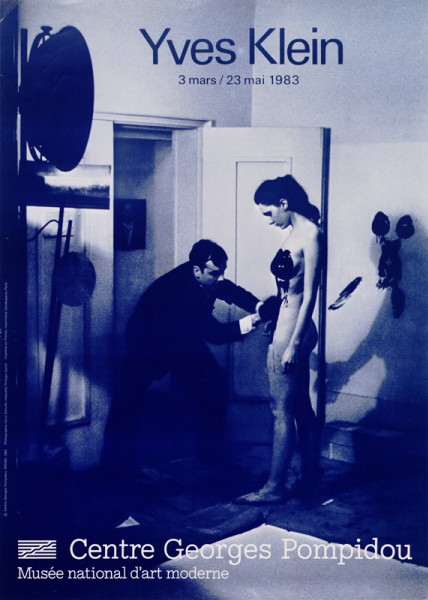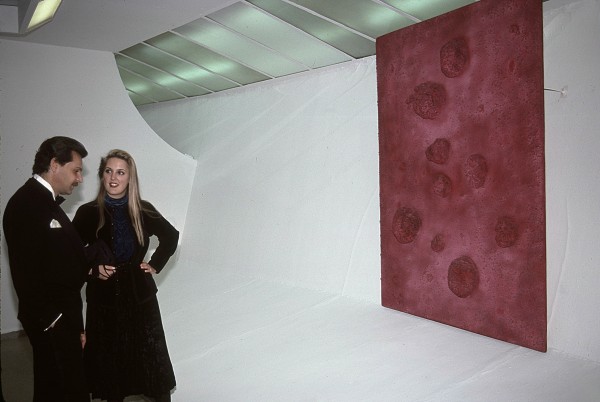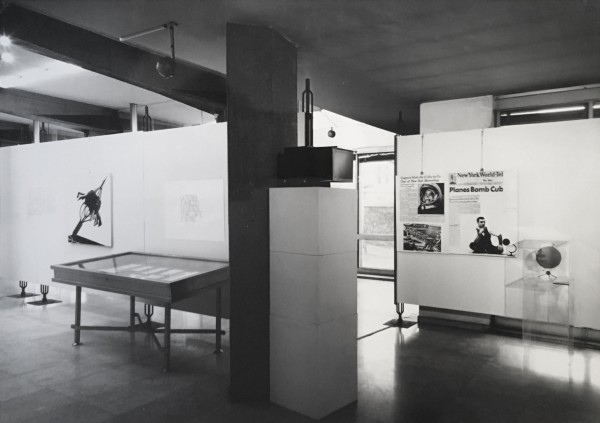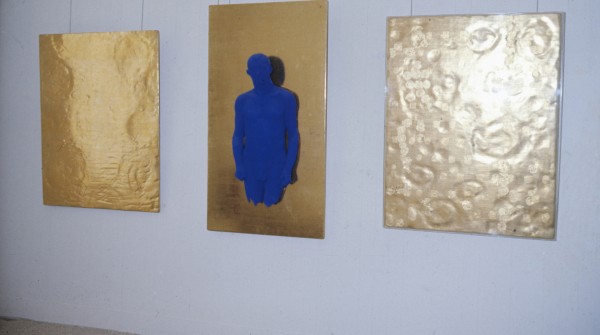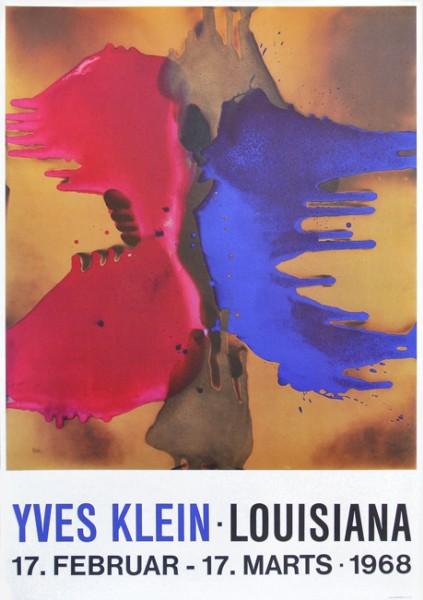… The technical and scientific conclusion of our civilization is deeply embedded in the entrails of the earth and assures comfort through the absolute control of climate on the surface of every continent, which become vast chambers of communal repose.
… This is a sort of return to the legendary Eden (1951).
… The advent of a new society, destined to undergo profound transformations in its very living conditions … Individual and familial intimacy will vanish … An nonindividual ontology will be developed …
The willpower of Man will at last regulate life on the constantly wondrous level.
Man will achieve such a degree of freedom that he will even be able to levitate! His occupation: to be at leisure.
… The obstacles that traditional architecture used to put up with will be eliminated.
There will be new means of caring for the body such as the air bed.
Yves Klein, excerpt from "Architecture of Air (ANT 102), 1961, Climatizing the Surface of our Globe", Overcoming the problematics of Art -The writings of Yves Klein, Spring Publications, 2007, p. 177
… This is a sort of return to the legendary Eden (1951).
… The advent of a new society, destined to undergo profound transformations in its very living conditions … Individual and familial intimacy will vanish … An nonindividual ontology will be developed …
The willpower of Man will at last regulate life on the constantly wondrous level.
Man will achieve such a degree of freedom that he will even be able to levitate! His occupation: to be at leisure.
… The obstacles that traditional architecture used to put up with will be eliminated.
There will be new means of caring for the body such as the air bed.
Yves Klein, excerpt from "Architecture of Air (ANT 102), 1961, Climatizing the Surface of our Globe", Overcoming the problematics of Art -The writings of Yves Klein, Spring Publications, 2007, p. 177
| Reference | ANT 102 |
| Technical | Dry pigment and synthetic resin on paper mounted on canvas |
| Dimensions | 261 x 213cm |
| Collection | Tokyo Metropolitan Art Museum |


